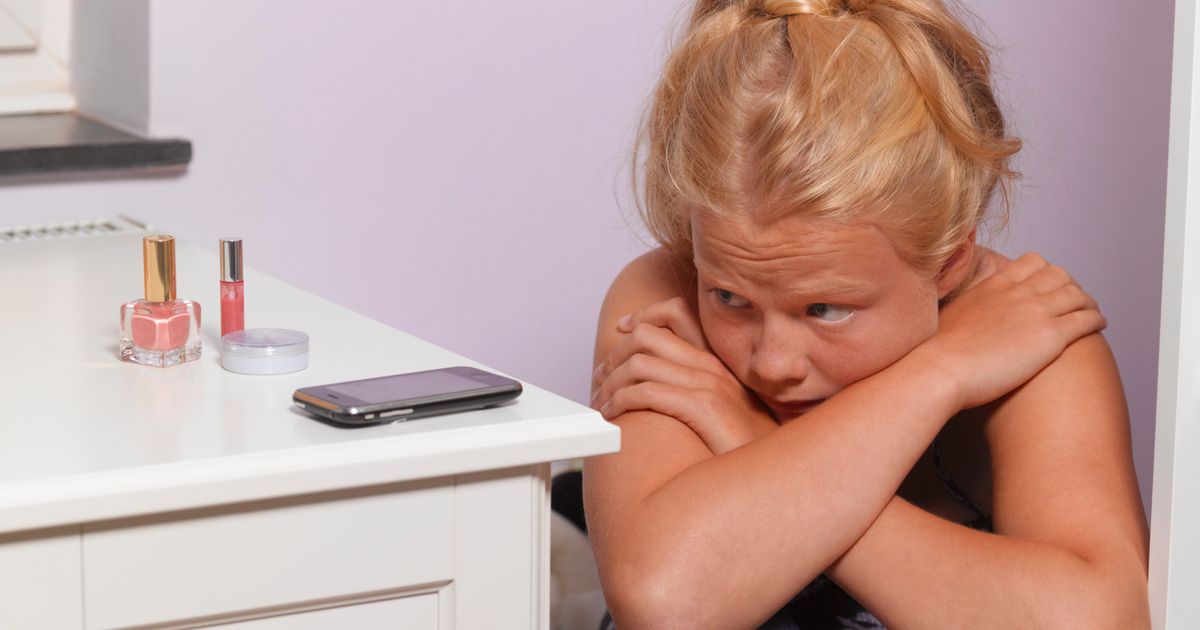How Social Media Affects Body Image
Cyberbullying

The presence of impersonal and anonymous comments also makes social media users vulnerable to cyberbullying, which can compound the problems we've already covered. Some individuals can be shockingly cruel in their online interactions, and when cyberbullies attack children who are already insecure, the experience can be traumatic. Cyberbullying sometimes preys on a girl's insecurities by unfavorably comparing her to others, further reinforcing the notion a person's value is determined by his or her looks and ability to get positive feedback from social media followers.
One study found twenty-one percent of children between twelve and eighteen have been the victim of online bullying. The increased pressure from cyberbullies can be so intense that some girls are lead to develop eating disorders such as anorexia or bulimia. According to the National Institutes of Mental Health, roughly 2.7 percent of children between the ages of thirteen and eighteen suffer from eating disorders. This number jumps to 3.8 percent if you only look at the statistics for adolescent girls. These conditions can create significant health risks, with many cases requiring intensive therapy and work to recover from.